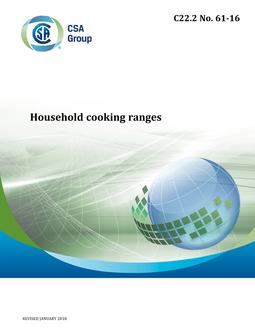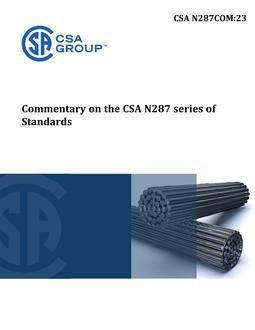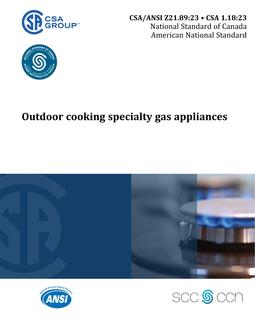
CSA C22.2 NO. 61-16
- Comments Off on CSA C22.2 NO. 61-16
- CSA
Preface
This is the ninth edition of CSA C22.2 No. 61, Household cooking ranges. It is one of a series of Standards issued by CSA Group under Part II of the Canadian Electrical Code. It supersedes the previous editions published in 2008, 1989, 1985, 1980, 1973, 1959, 1953, and 1942. For general information on the Standards of the Canadian Electrical Code, Part II, see the preface of CAN/CSA-C22.2 No. 0, General Requirements – Canadian Electrical Code, Part II. The major changes to this edition of the Standard include a) the use of IEC surface temperature probe; b) new temperature measurement exempt zones; c) new requirements for coil surface element cooking oil ignition; and d) new fire and explosion tests for self-clean ovens.
Scope
1.1 This Standard applies to household cooking ranges having a rating not exceeding 250 V and 21 kW and designed to be used in accordance with the Rules of the Canadian Electrical Code, Part I. Note: Throughout this Standard, the word “appliance” is used to refer to the whole group of equipment covered by this Standard. Where a requirement applies only to one type of equipment, e.g., an electric range, the words “electric range” are used. 1.2 This Standard applies to a) electric ranges; b) electric built-in cooking units; c) electric ranges in combination with gas fired heaters; and d) the cooking section of kitchen units, which consists of various combinations of electric built-in cooking units, an oven, a sink, and a refrigerated cabinet. Note: Products listed above that include induction heater elements are included in the scope of this Standard. 1.3 This Standard does not apply to rangettes, table ovens, toaster ovens, and portable hotplates that are covered by CSA C22.2 No. 64 or CAN/CSA-C22.2 No. 60335-2-9. 1.4 In this Standard, “shall” is used to express a requirement, i.e., a provision that the user is obliged to satisfy in order to comply with the Standard; “should” is used to express a recommendation or that which is advised but not required; and “may” is used to express an option or that which is permissible within the limits of the Standard. Notes accompanying clauses do not include requirements or alternative requirements; the purpose of a note accompanying a clause is to separate from the text explanatory or informative material. Notes to tables and figures are considered part of the table or figure and may be written as requirements. Annexes are designated normative (mandatory) or informative (non-mandatory) to define their application.
Product Details
- Edition:
- 9th
- Published:
- 05/01/2016
- ISBN(s):
- 9781488303319
- Number of Pages:
- 113
- File Size:
- 1 file , 2.5 MB
- Product Code(s):
- 2424401, 2424401



